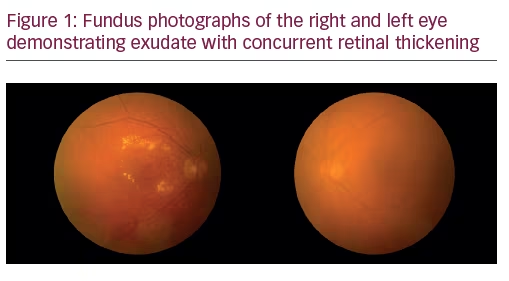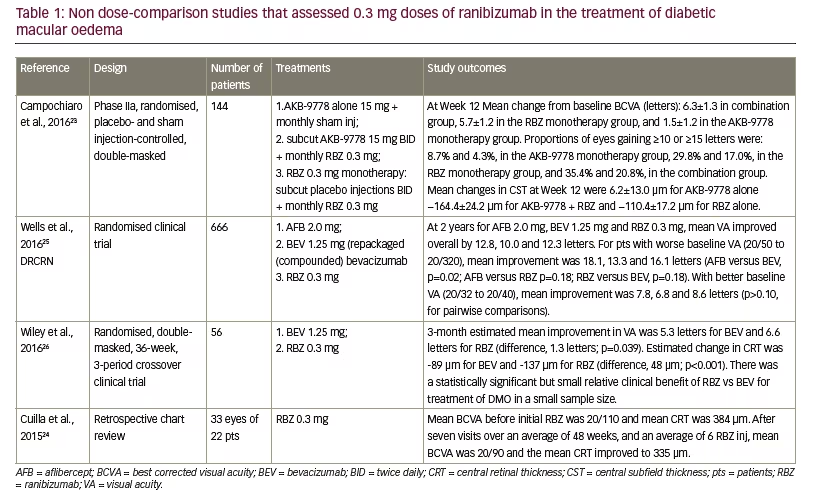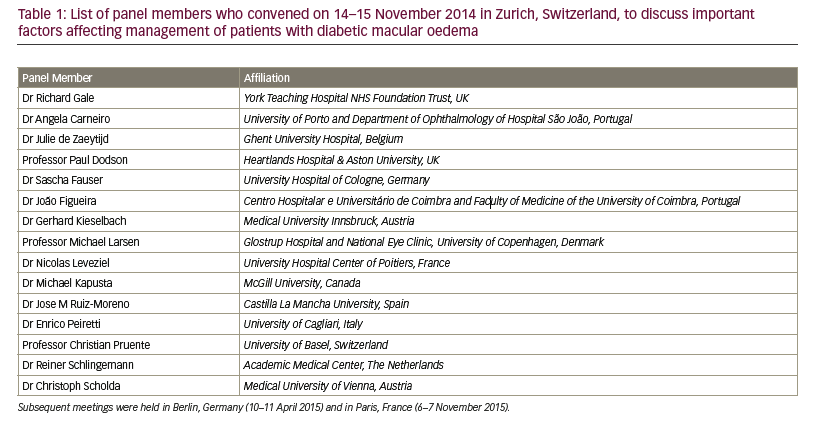In cataract surgery, the race is on to create the smallest wounds possible to safely extract the cataract. How small can you go? Does it really matter if the incision size is 0.8 or 1.8 mm? Are we compromising maneuverability in regards to surgical technique? In this issue, Kumar and Agarwal discuss the ‘microphakonit’ method, in which a bimanual phacoemulsification technique is utilized with two 0.8 mm incisions along with gas-forced infusion to avoid anterior chamber collapse. This technique may be ahead of its time, since there are currently no intraocular lenses (IOLs) that can be implanted through a sub-1 mm incision. In any case, IOL technology is rapidly evolving and perhaps soon the full impact of such incisions can be studied.
In cornea, the selective keratoplasty revolution (with Descemet’s stripping automated endothelial keratoplasty [DSAEK] in the starring role) has transformed many lives. Incision size is down to 4 mm using the Endoserter device, and often requires no suture for watertight closure. Every time I see a DSAEK post-operative patient, I appreciate the genius of Gerrit Melles. I never thought I would see the day that we would be performing sutureless corneal transplantation with such rapid visual recovery.
This issue also explores various topics in age-related macular degeneration (AMD), including Kaiser’s paper describing his role of the vitreous in the pathogenesis of exudative AMD. This should lead physicians to consider vitreous changes when diagnosing and treating patients with AMD. In his paper, Rosenfeld also explores the importance of spectral-domain optical coherence tomography imaging of the macula as an essential tool for evaluating dry and wet AMD.
In glaucoma, several new techniques, many of them using smaller incisions into the anterior chamber than traditional surgeries, have been developed to safely lower IOP, and avoid large bleb formation and severe hypotony. Many of these procedures can be performed at the time of cataract surgery so patients can avoid multiple trips to the operating room. Target IOP must be kept in mind when considering theses procedures, since some of them will only lower IOP to the mid-teens.
So, smaller does seem to be better. The strive for going smaller often is the drive for technological advancement, which in turn benefits our patients. Although our current techniques seem to be quite effective, we will continue to expect great things to come.










